Home>Gardening & Outdoor>Landscaping Ideas>How Long Does Wheatgrass Live
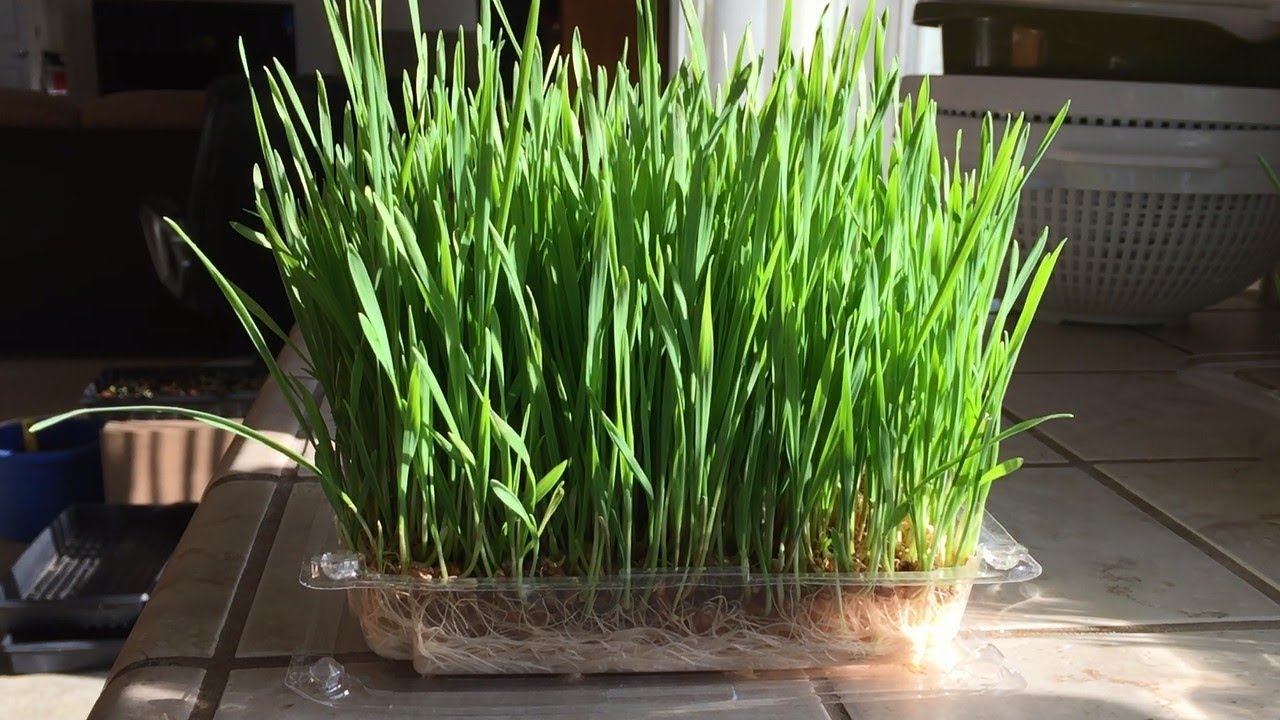

Landscaping Ideas
How Long Does Wheatgrass Live
Published: January 29, 2024
Learn how to keep your wheatgrass alive with our expert landscaping ideas. Discover the best tips for maintaining a thriving wheatgrass landscape.
(Many of the links in this article redirect to a specific reviewed product. Your purchase of these products through affiliate links helps to generate commission for Storables.com, at no extra cost. Learn more)
**
Introduction
**
Wheatgrass, with its vibrant green hue and numerous health benefits, has garnered significant attention in recent years. Enthusiasts of natural remedies and wellness aficionados often seek to understand the lifespan of this wonder plant. In this article, we will delve into the intricacies of wheatgrass, exploring its nature, life cycle, and the factors that influence its longevity. By shedding light on these aspects, we aim to provide a comprehensive understanding of how long wheatgrass lives and what contributes to its thriving existence. Let's embark on this journey to unravel the mysteries of wheatgrass and gain insights into its remarkable lifespan.
Key Takeaways:
- Wheatgrass, a superfood rich in nutrients, goes through distinct stages from seed to mature plant. Understanding its life cycle and nurturing factors can help cultivate thriving wheatgrass for health and vitality.
- Factors like growing conditions, watering, soil quality, and pest management influence the lifespan of wheatgrass. By addressing these factors, individuals can ensure the flourishing existence of this remarkable plant.
Read more: What Is Wheatgrass For
What is Wheatgrass
Wheatgrass, scientifically known as Triticum aestivum, is the young grass of the wheat plant. It is renowned for its high nutritional content, boasting an abundance of vitamins, minerals, and enzymes that contribute to its revered status as a superfood. This potent green elixir is typically consumed as a fresh juice or in powdered form, offering a convenient way to reap its health benefits.
Rich in chlorophyll, antioxidants, vitamins A, C, and E, iron, and amino acids, wheatgrass is celebrated for its potential to detoxify the body, boost immunity, aid in digestion, and promote overall well-being. Its nutrient-dense composition has propelled it into the spotlight of holistic health practices, where it is often incorporated into juicing regimens, dietary supplements, and wellness routines.
Moreover, wheatgrass is revered for its alkalizing properties, which are believed to help balance the body's pH levels and counteract the acidic impact of modern diets and environmental toxins. This alkalinity is thought to support cellular health and vitality, making wheatgrass a sought-after addition to health-conscious lifestyles.
From its origins as a popular health tonic in ancient cultures to its widespread availability in health food stores and juice bars today, wheatgrass has maintained its allure as a potent source of nutrients and vitality. Its vibrant green blades symbolize vitality, renewal, and the promise of holistic wellness, making it a staple in the arsenal of natural health enthusiasts worldwide.
Life Cycle of Wheatgrass
The life cycle of wheatgrass encompasses distinct stages that mark its journey from seed to mature plant. Understanding these developmental phases provides valuable insights into the growth and vitality of this remarkable grass.
Germination: The life cycle of wheatgrass begins with the germination of its seeds. When provided with adequate moisture, warmth, and oxygen, the seeds sprout and send out tiny roots, setting the stage for the plant’s growth.
Seedling Stage: As the roots establish themselves, the seedlings emerge from the soil, displaying their characteristic slender, green blades. During this stage, the young wheatgrass plants are particularly tender and vulnerable, requiring careful attention to environmental conditions and watering.
Juvenile Growth: With the passage of time and favorable growing conditions, the wheatgrass enters a phase of rapid growth. The blades elongate, and the plant gains strength and resilience, signaling its progression towards maturity.
Mature Plant: At this stage, the wheatgrass reaches its full potential, boasting lush, vibrant foliage that embodies its rich nutritional content. The mature plant is ready for harvesting, offering an abundance of chlorophyll, vitamins, and enzymes that make it a prized ingredient in health-promoting concoctions.
Reproduction: As the mature wheatgrass plant nears the end of its life cycle, it may produce seeds as part of its reproductive process. These seeds hold the promise of new growth, perpetuating the cycle of life for wheatgrass.
The life cycle of wheatgrass is a testament to the resilience and vitality of this remarkable plant. From the tender beginnings of germination to the flourishing maturity of the plant, each stage represents a testament to the innate potential and life-affirming properties of wheatgrass.
Wheatgrass typically lives for 7-10 days when grown indoors, and up to 200 days when grown outdoors. It’s important to harvest and replant regularly to ensure a continuous supply.
Factors Affecting the Lifespan of Wheatgrass
The lifespan of wheatgrass is influenced by various factors that play a pivotal role in nurturing its growth and sustaining its vitality. Understanding these determinants provides valuable insights into optimizing the lifespan and overall well-being of wheatgrass.
Growing Conditions: The environment in which wheatgrass is cultivated significantly impacts its lifespan. Factors such as adequate sunlight, optimal temperature, and well-draining soil contribute to the plant’s vigor and longevity. Providing the ideal growing conditions ensures that wheatgrass thrives and endures throughout its life cycle.
Watering and Moisture: Proper watering is essential for sustaining the lifespan of wheatgrass. Balancing the moisture levels in the soil and ensuring consistent hydration are crucial for promoting healthy growth and preventing the plant from succumbing to drought or waterlogged conditions.
Nutrient-Rich Soil: The quality of the soil directly influences the lifespan of wheatgrass. Rich in essential nutrients and organic matter, well-nourished soil fosters robust root development and supports the plant’s overall health, enabling it to flourish and reach its full potential.
Harvesting Practices: The frequency and method of harvesting wheatgrass can impact its lifespan. Careful and judicious harvesting techniques ensure that the plant continues to thrive and regenerate, preserving its vitality and extending its productive lifespan.
Pest and Disease Management: Protecting wheatgrass from pests and diseases is crucial for safeguarding its longevity. Implementing preventive measures and addressing any infestations or ailments promptly can prevent damage to the plant and sustain its lifespan.
Overall Care and Maintenance: Diligent care and regular maintenance, including proper pruning, monitoring for signs of stress or nutrient deficiencies, and providing a nurturing environment, are essential for prolonging the lifespan of wheatgrass. Attentive stewardship ensures that the plant remains robust and resilient throughout its growth cycle.
By recognizing and addressing these influential factors, individuals can cultivate and sustain thriving wheatgrass, allowing it to flourish and fulfill its potential as a source of nourishment and vitality.
Conclusion
As we conclude our exploration of the lifespan of wheatgrass, we have gained valuable insights into the nature, life cycle, and influential factors that contribute to the thriving existence of this remarkable plant. From its humble beginnings as a sprouting seed to its lush maturity, wheatgrass embodies resilience, vitality, and an abundance of health-promoting properties.
Throughout its life cycle, wheatgrass undergoes distinct stages of growth, each representing a testament to its innate potential and life-affirming attributes. From the tender vulnerability of the seedling stage to the flourishing vitality of the mature plant, wheatgrass exemplifies the beauty and vitality of nature’s cycles.
Moreover, the lifespan of wheatgrass is intricately intertwined with various factors that shape its growth and longevity. From environmental conditions and watering practices to soil quality and pest management, these influences play a pivotal role in nurturing the plant and sustaining its vitality. By understanding and addressing these factors, individuals can cultivate thriving wheatgrass, ensuring that it flourishes and continues to enrich lives with its nutritional bounty.
As we marvel at the vibrant green blades of wheatgrass and savor its health-enhancing benefits, we are reminded of the enduring power of nature and the invaluable gifts it bestows upon us. Whether enjoyed as a revitalizing juice or incorporated into wellness routines, wheatgrass stands as a symbol of vitality, renewal, and the potential for holistic well-being.
In our quest to understand how long wheatgrass lives, we have uncovered not only the temporal aspects of its lifespan but also the timeless virtues it embodies. As we embrace the journey of nurturing and savoring wheatgrass, may we continue to draw inspiration from its enduring vitality and the promise of wellness it represents.
Frequently Asked Questions about How Long Does Wheatgrass Live
Was this page helpful?
At Storables.com, we guarantee accurate and reliable information. Our content, validated by Expert Board Contributors, is crafted following stringent Editorial Policies. We're committed to providing you with well-researched, expert-backed insights for all your informational needs.
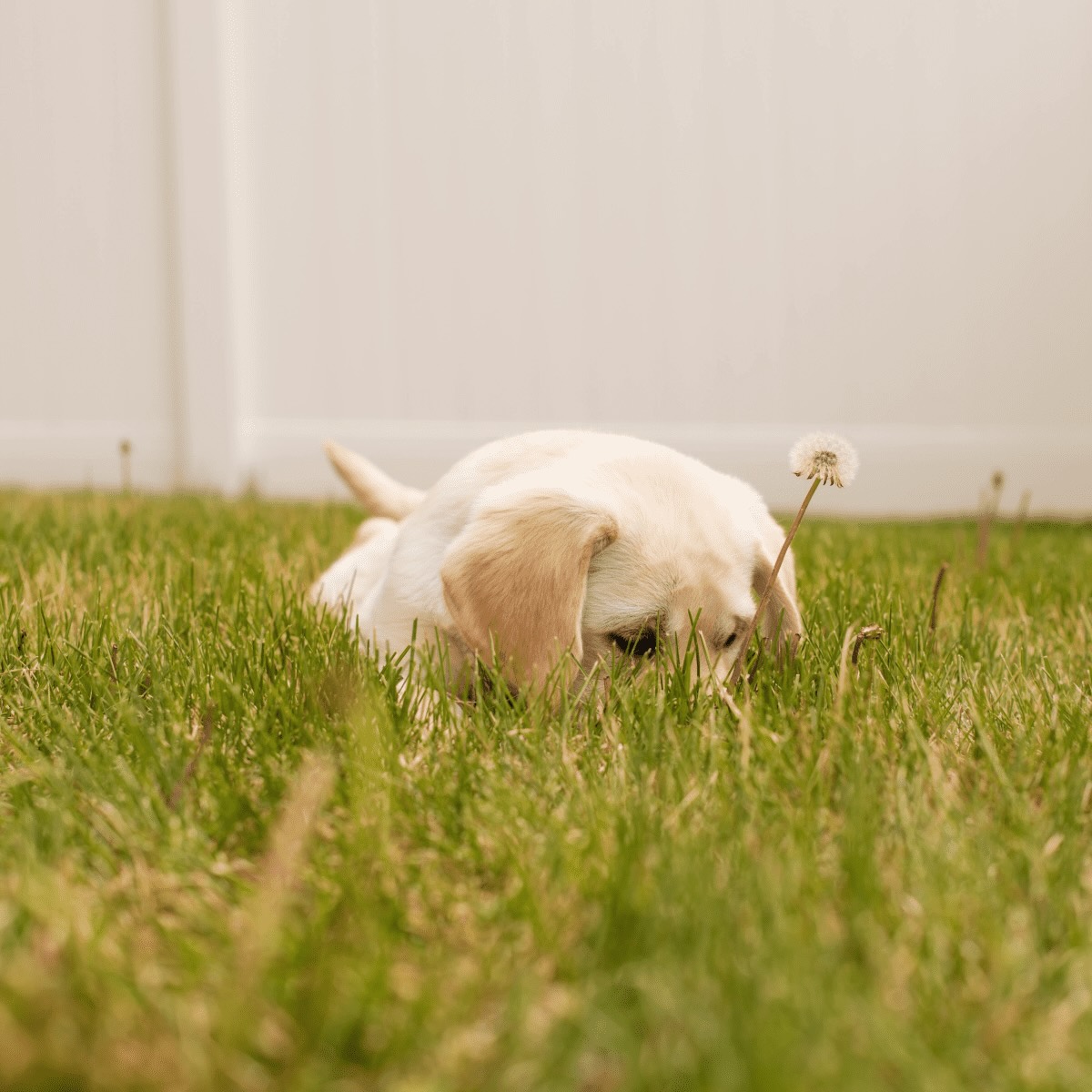


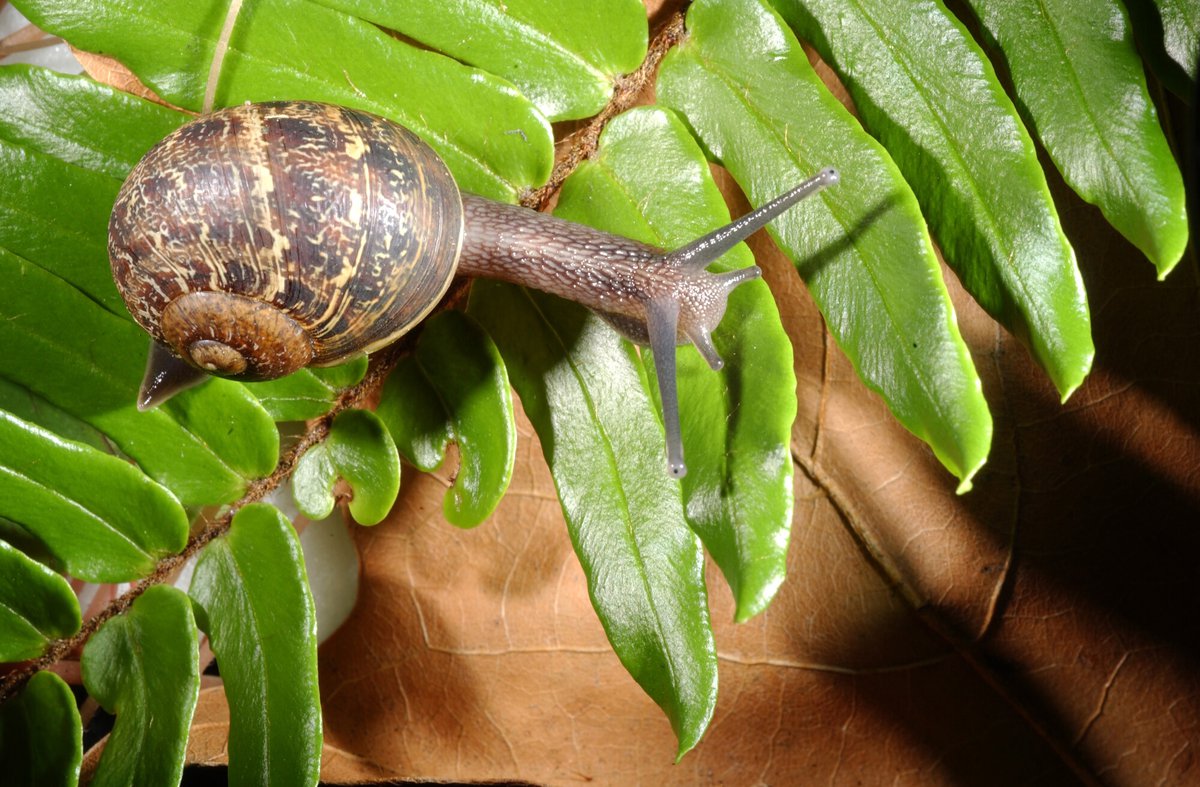

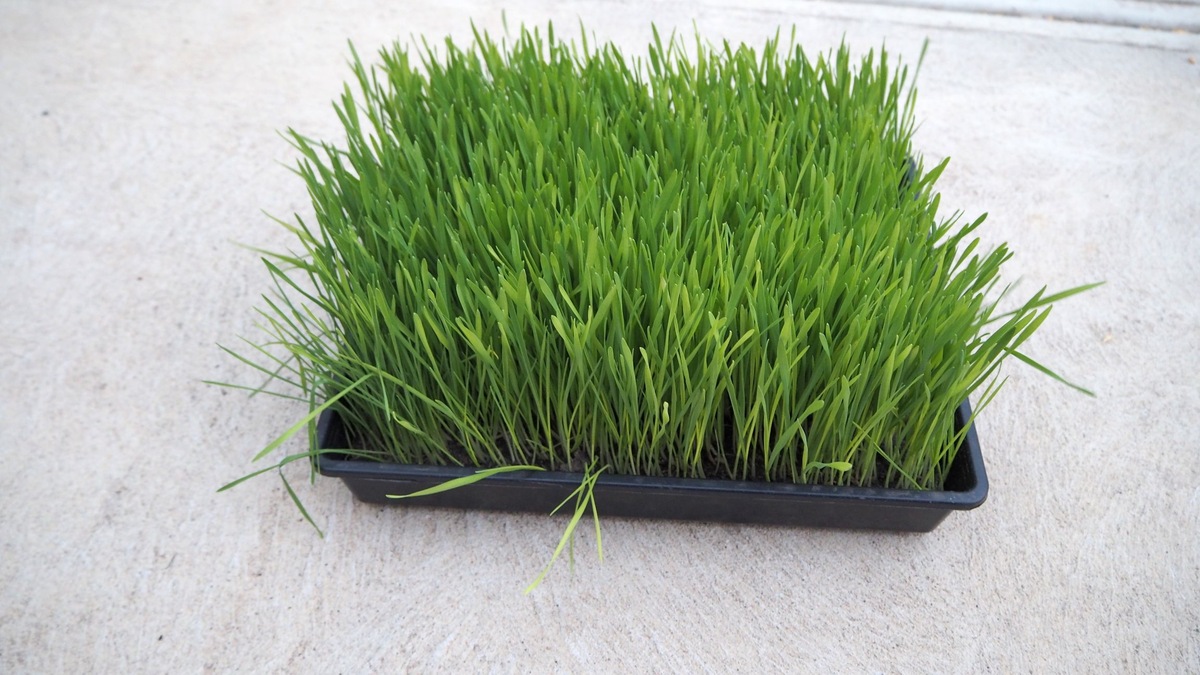
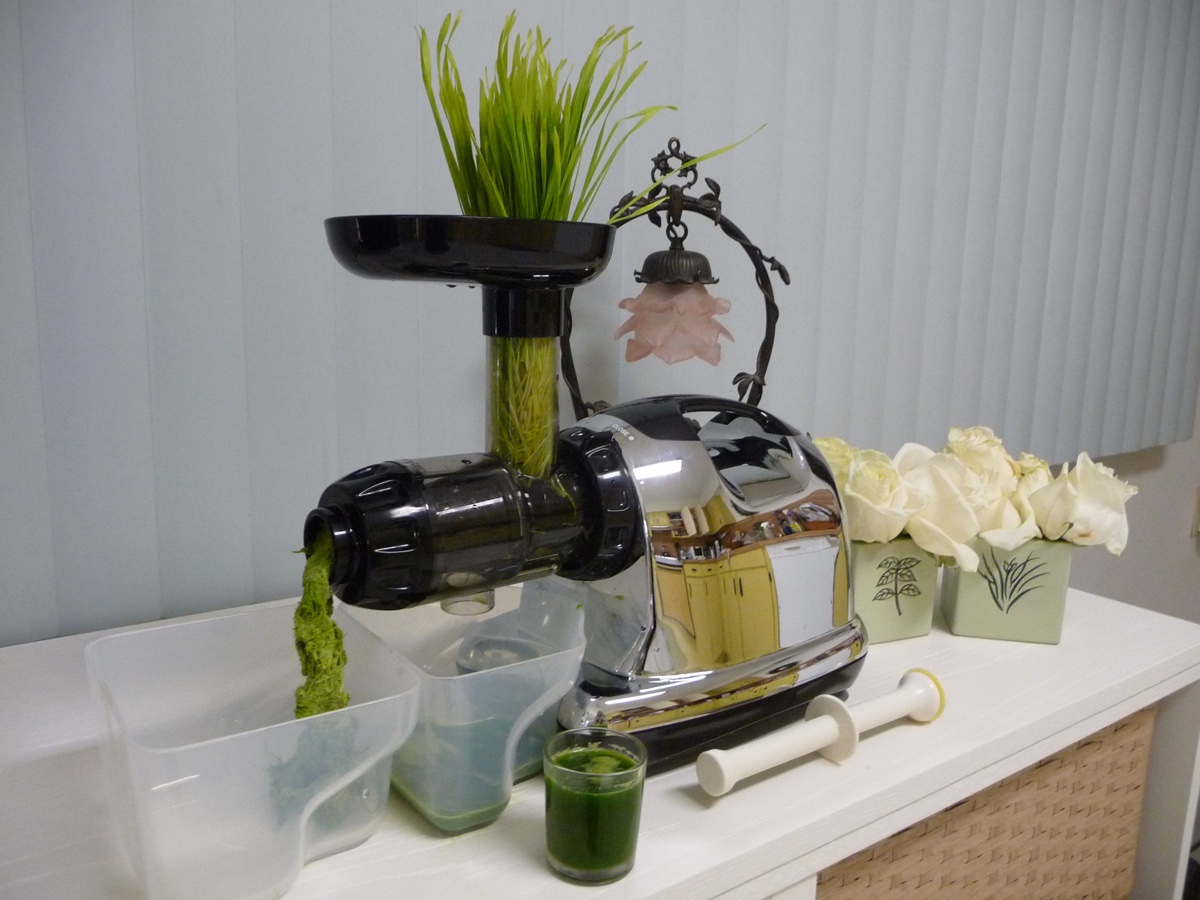

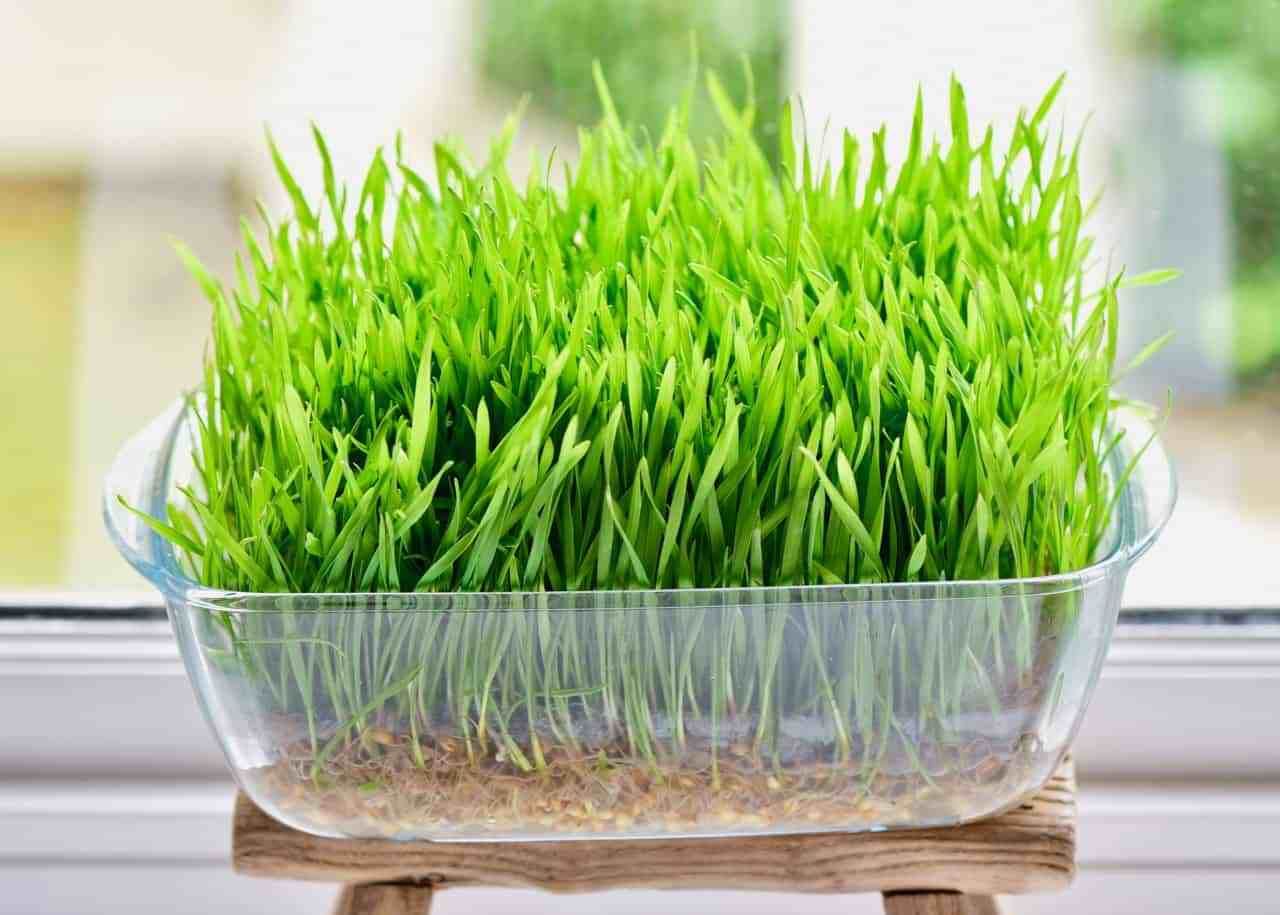
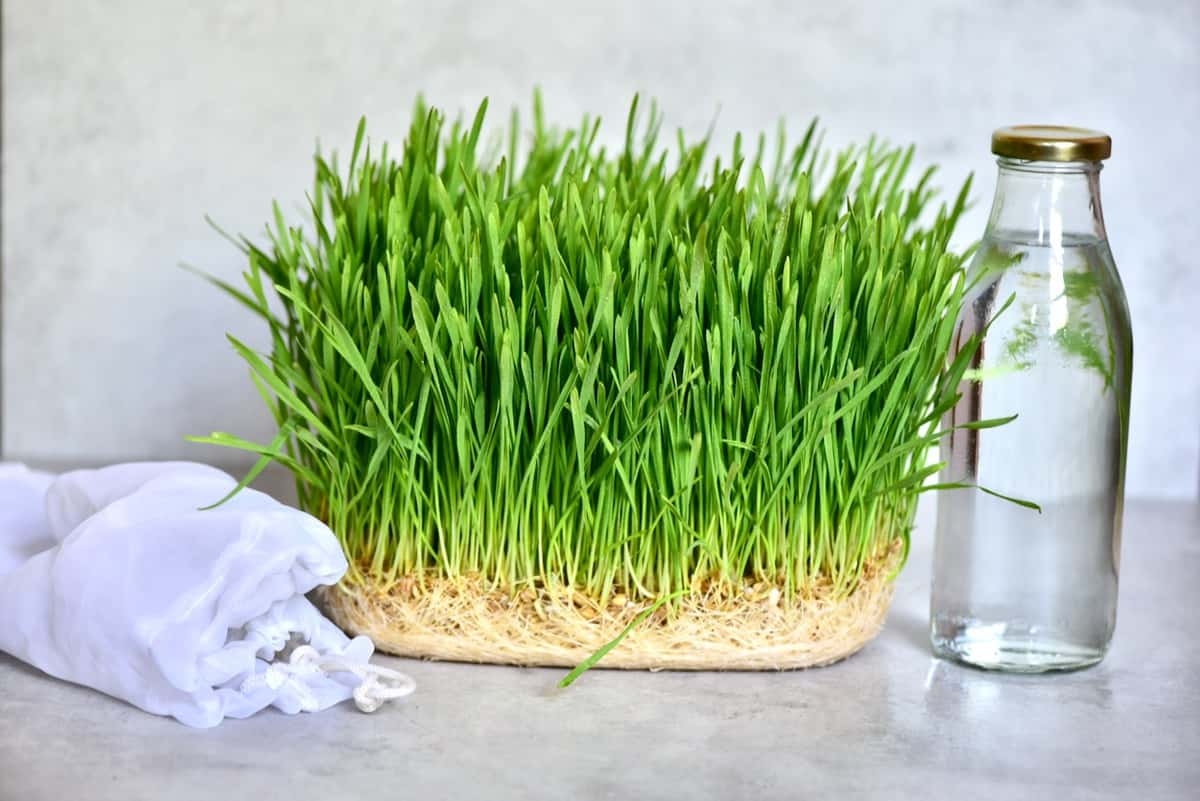
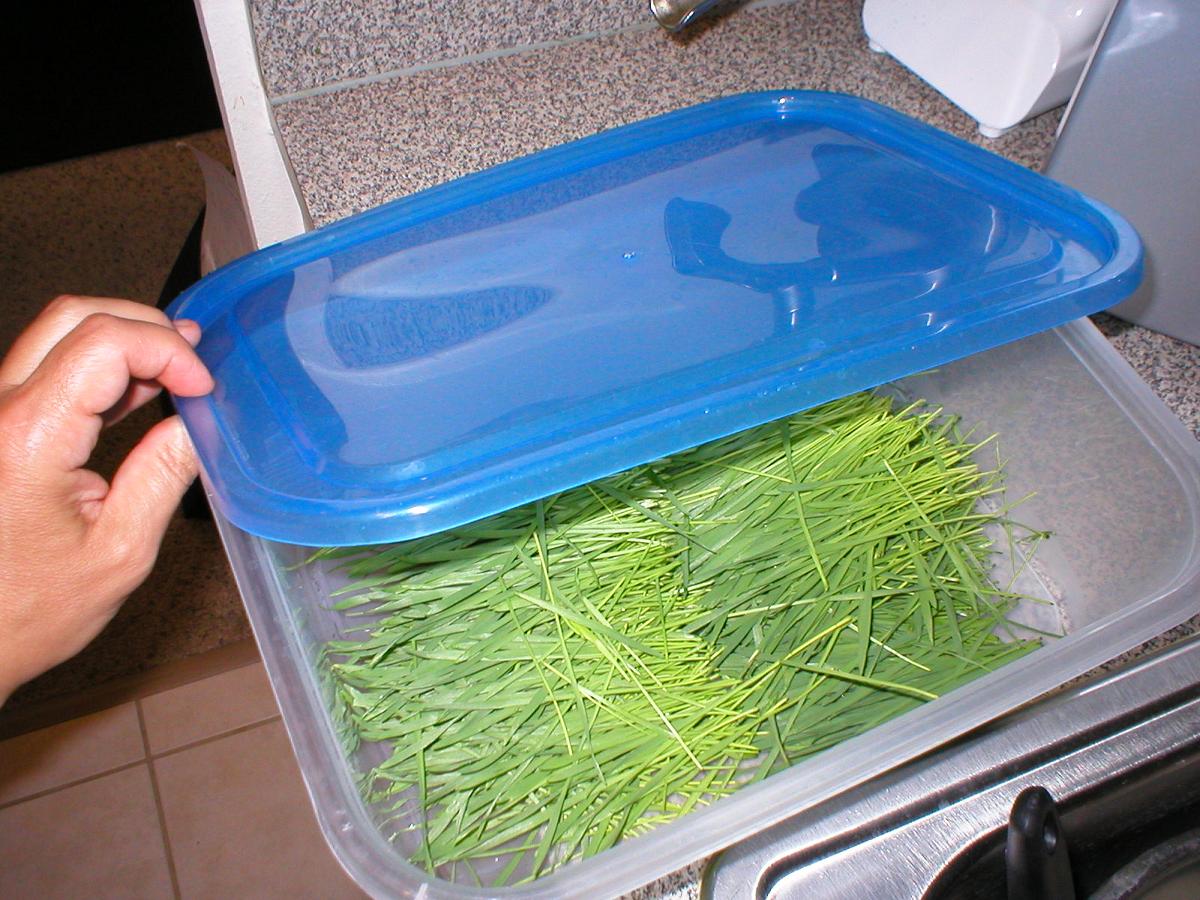
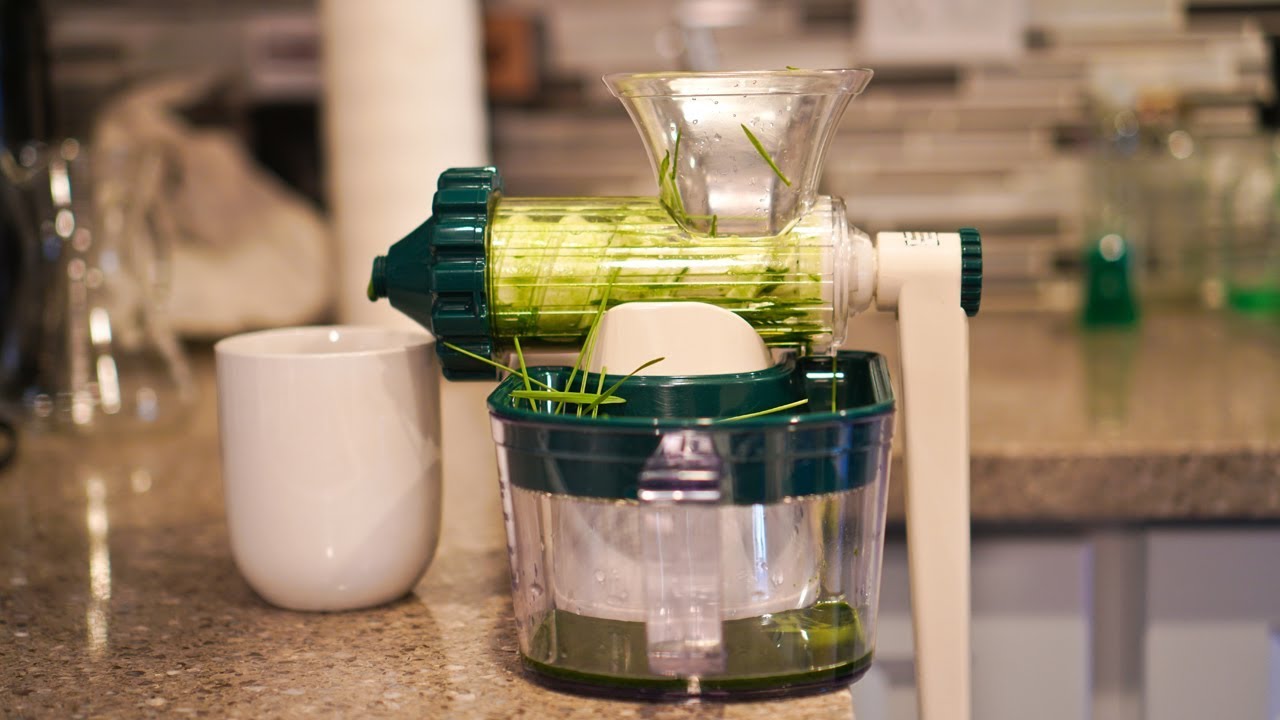
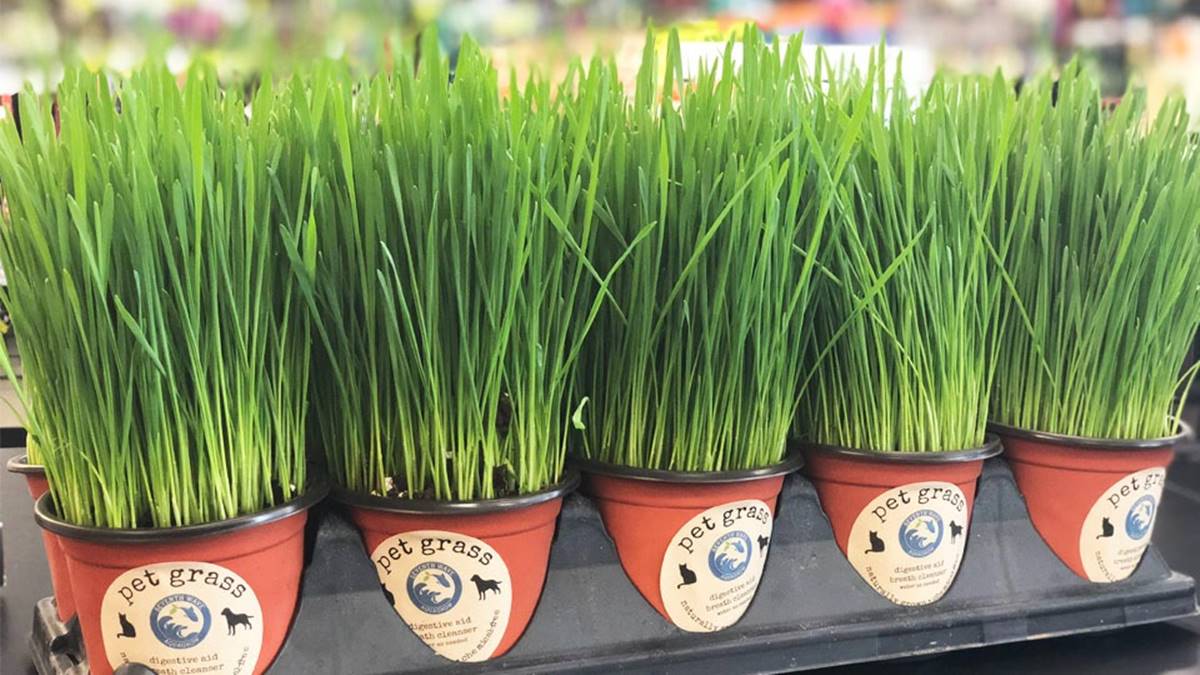

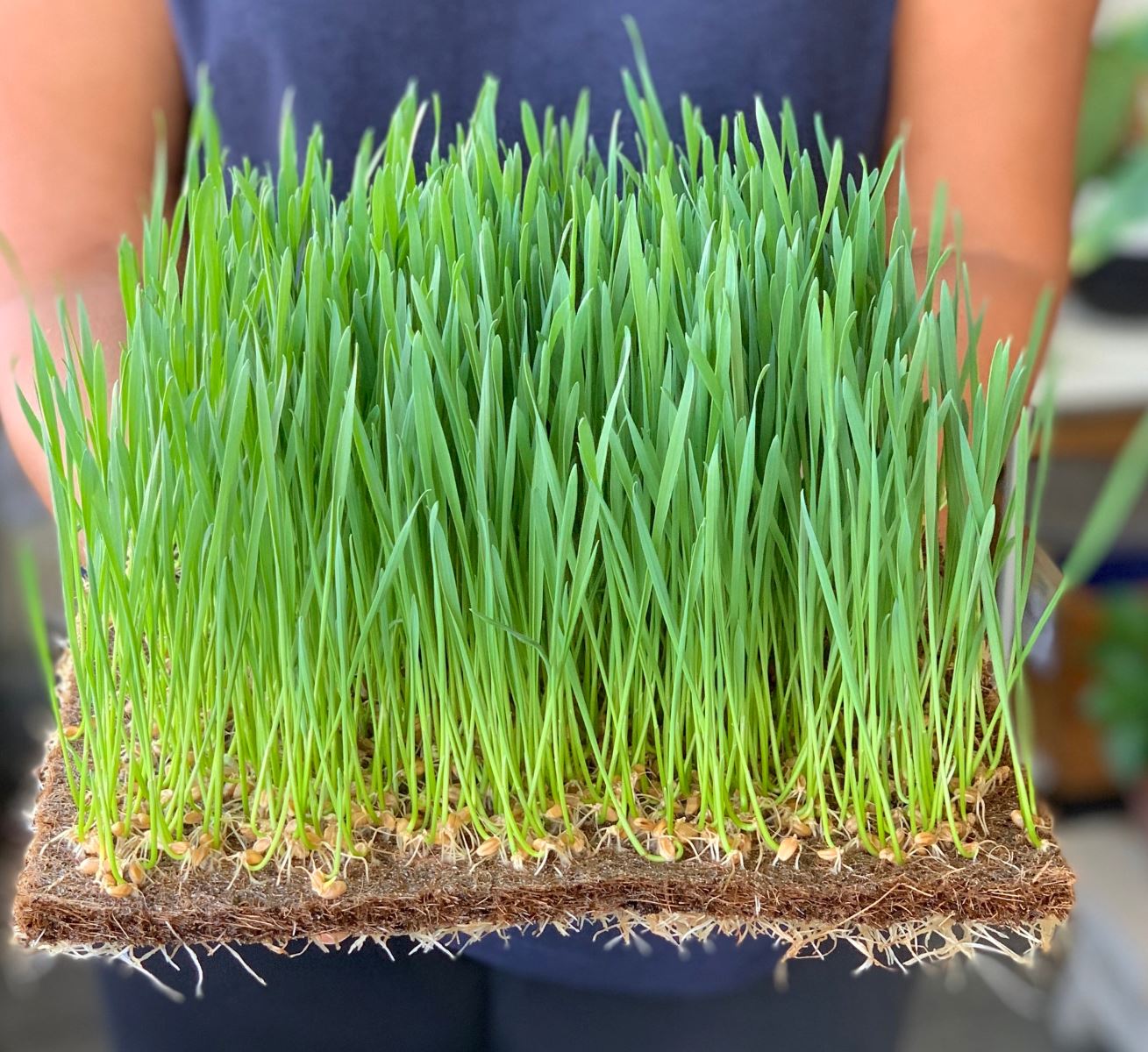

0 thoughts on “How Long Does Wheatgrass Live”